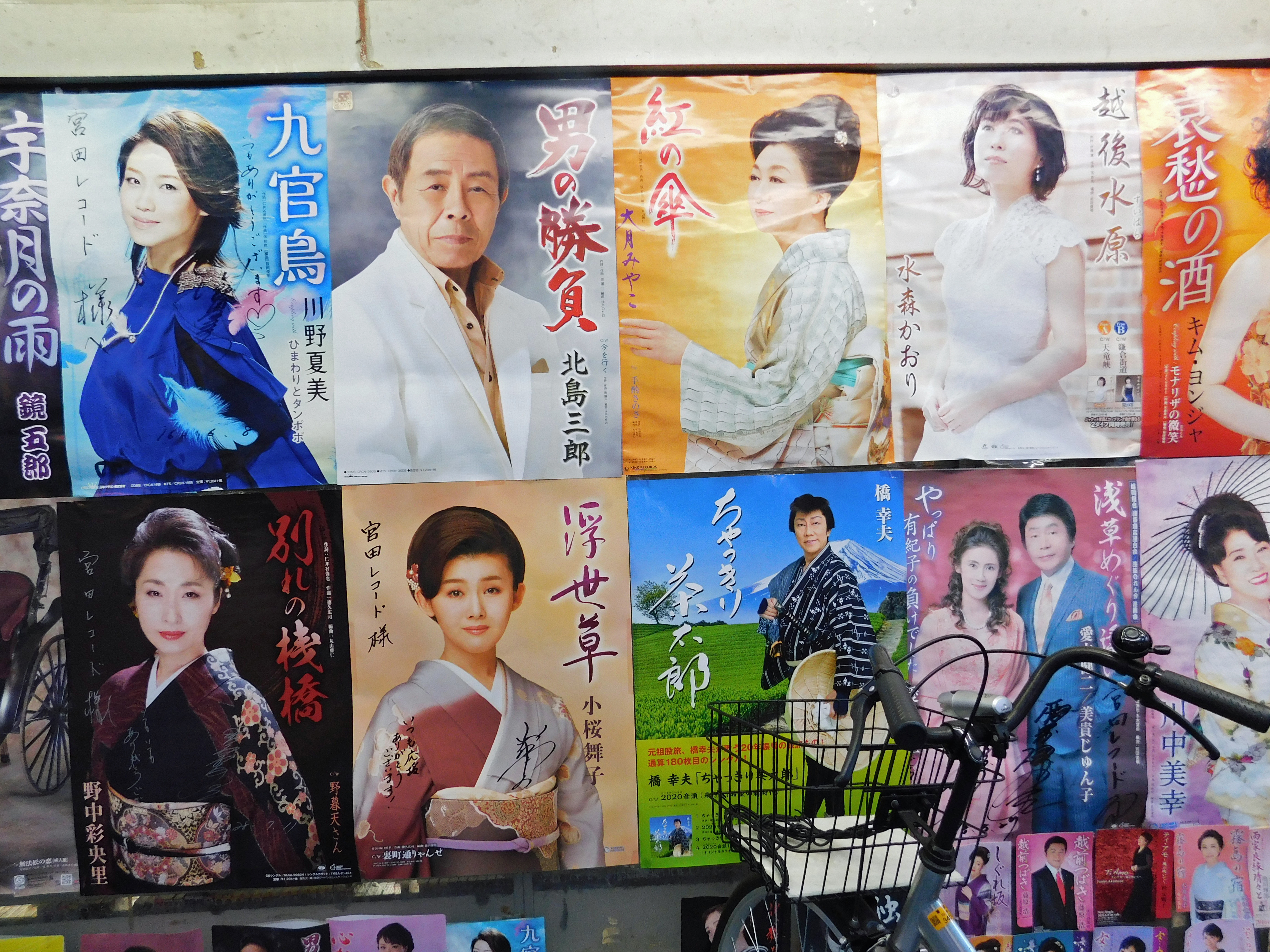Every once in a while, the Japanese have to remind themselves that they're Japanese. We feel the need to reconfirm that we are part of a long and enduring traditional culture — one which includes kimono, samurai, ninja, eels on rice, and other weird items. Many like to pretend that these particular oddities have nothing to do with being a modern Japanese, they prefer to believe that their culture begins with Studio Ghibli and ends with AKB48. But, when our guard is down, few of us are immune to the call of old Nippon. It goes straight to our hearts and stirs us to action — and I'm not just talking about visiting lofty noh performances or taking part in intricate tea ceremonies. When the Japanese hear the call, where do they go? More often than not, we haul ourselves over to Asakusa, and join the hordes of foreign tourists soaking up the culture, gawking at the sights and stuffing themselves with treats. We can't help it — it's in our blood.
Even before the advent of the Tokyo Skytree, Asakusa had been in a tourism league of its own. From the time when Tokyo was called Edo (1603-1868), right up until the early 2000s, Asakusa was famous for three things: cheap souvenirs, cheap booze and not-so-cheap-but-still-affordable sex. For centuries, these three things have been thrown into the blender with various Japanese traditions, and the resulting goo has emitted an irresistible glow of phoney authenticity.
To its credit, Asakusa has always been the one district in Tokyo where the satisfaction of basic human desires preceded everything else. This is where Yoshiwara, a massive red-light district created in the 17th century and protected by the Tokugawa shogunate, remained open until systematic prostitution was outlawed in 1958. It's where Japan's first roller coaster opened in 1953 — a mere eight years after the nation's World War II surrender — in a tiny amusement park called Hanayashiki. It's the birthplace of a mysterious postwar liquor concoction called Denki Bran, which, amazingly, is still being produced. Try it at Kamiya Bar, a Western-style drinking spot founded in 1880. And then there's the "unko biru" (poop building), the Asahi Beer headquarters designed by Philippe Starck, just across the bridge from Asakusa Station. Asakusa is also where countless comedians launched their careers, including Takeshi "Beat" Kitano, in tiny basement joints no bigger than a garage.



















With your current subscription plan you can comment on stories. However, before writing your first comment, please create a display name in the Profile section of your subscriber account page.